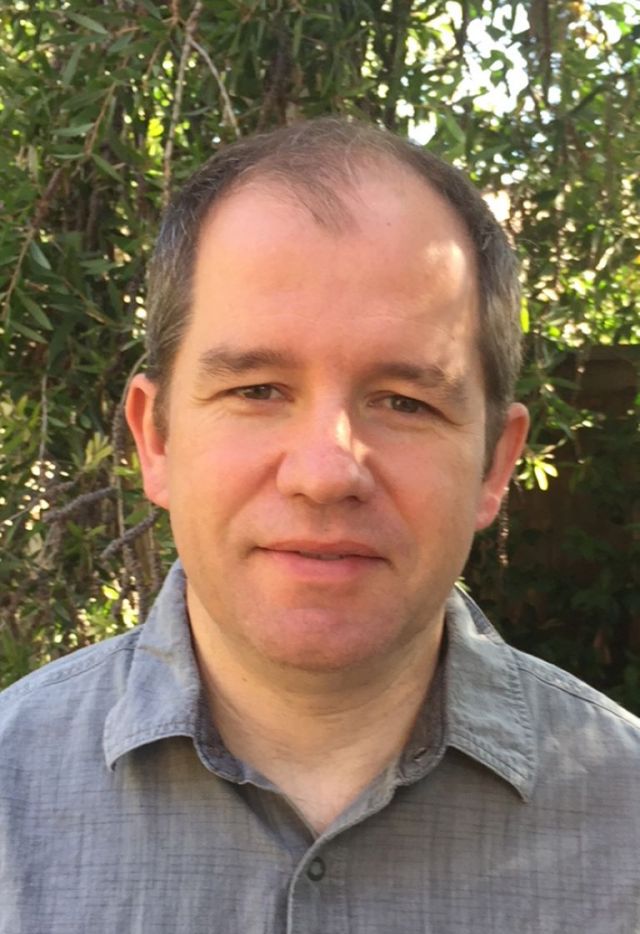Liquid-Liquid Phase Separation Away from Equilibrium

Speaker
Zvonimir Dogic, Ph.D.
Professor
Department of Physics
University of California, Santa Barbara
Abstract
Binary liquid mixtures exhibit a strong tendency to phase separate into distinct phases. Their demixing dynamics has been extensively studied. It eventually generates a final equilibrium state where two bulk separated fluids are layered on top of each other, as is seen in everyday oil-water mixtures. Controlling Liquid-Liquid Phase Separation and the associated interfaces between the two liquids has found numerous applications throughout materials science and engineering. Furthermore, liquid-liquid phase separation is a powerful organizing principle in cell biology. Unlike conventional materials, biological cells are inherently driven to non-equilibrium states by diverse molecular processes that continuously generate micron-scale forces. This raises fundamental questions of how non-equilibrium environments affect the generic properties and phase behavior of binary liquid mixtures. Biological cells are too complex to quantitatively study the influence of non-equilibrium forces on the nature of liquid-liquid phase separation. Inspired by these broad considerations that span fundamental interests with material science and cell biology, we recently developed a model experimental system in which phase separation is coupled to an out of equilibrium microtubule-based active fluid. We describe several unique and unexpected observations in these model experimental systems.
Bio
Zvonimir Dogic research interests are primarily experimental, and span both equilibrium and nonequilibrium phenomena. He uses various biological architectures to create novel soft materials that exhibit physics that is not easily accessible by using purely synthetic methods. He actively collaborates with numerous theorists as well as experimentalists from different disciplines both within and outside of physics. He obtained his BA and PhD in Physics from Brandeis University. After postdoctoral positions in Research Center Julich, Germany and University of Pennsylvania, he was a Research Fellow at Rowland Institute at Harvard. In 2007 he started as an Assistant Professor in Physics at Brandeis University, and in 2017 he moved to University of California at Santa Barbara.